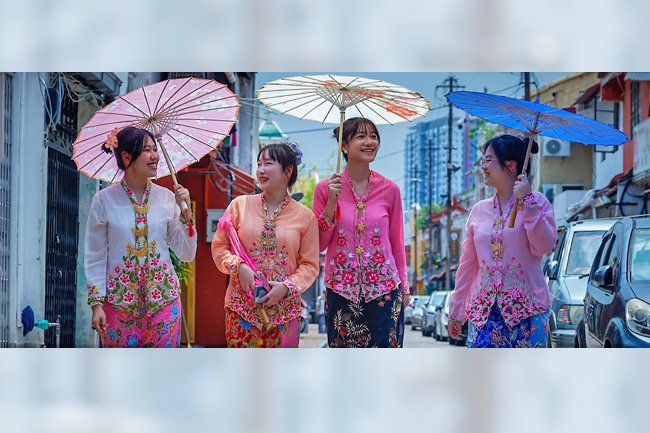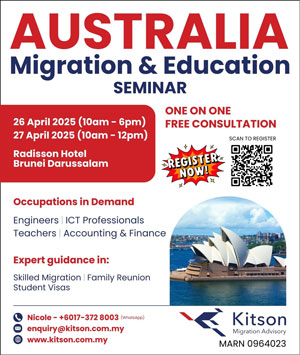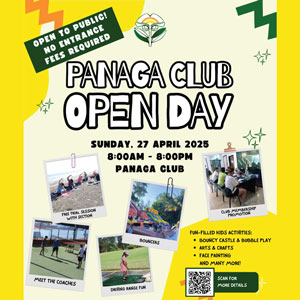BERNAMA/XINHUA – Tourist from Hangzhou Wang Lin marvelled at the artefacts in the Cheng Ho Cultural Museum in Melaka, where the stories of China’s legendary navigator and diplomat Zheng He were vividly brought to life, Xinhua news agency reported.
“The history of Zheng He’s voyages that I learned in school has come alive before my eyes, thanks to the visa-free policy between China and Malaysia,” he said.
Zheng He, known as Cheng Ho in Malay, was a celebrated envoy of the Ming Dynasty, who visited Melaka at least five times during his seven maritime expeditions. His voyages have not only strengthened ties between China and Malaysia but also laid the foundation for centuries of cultural and economic exchanges.
Secretary-general of Malaysia’s Tourism, Arts and Culture Ministry Roslan Abdul Rahman said that the country has welcomed 2.69 million Chinese tourists in the first nine months of this year, marking a 144-per-cent year-on-year increase.
Melaka stands out as a favourite destination for Chinese tourists due to its historical ties with China.
Among its attractions, Jonker Street, nestled in the heart of Melaka, holds particular significance. Once the site of Zheng He’s storehouses and early Chinese settlements, the area now is a bustling Unesco World Heritage Site. Its well-preserved architecture, traditional Peranakan shophouses, antique shops, art galleries, and lively street food stalls offer visitors a window into its unique history. “The surge in Chinese visitors over the past year has greatly boosted the local economy, created new business opportunities, and spurred growth in Melaka’s tourism and hospitality sectors,” said chairman of the Jonker Walk Working Committee Gan Tian Loo.
Gan emphasised Jonker Street’s cultural importance, describing it not only as a pivotal hub during Zheng He’s voyages but also as a living testament to Baba-Nyonya culture.
“Jonker Street provides a rare opportunity to explore the harmonious fusion of Malaysian and Chinese traditions while celebrating a friendship that has thrived across generations,” he added.
The Baba-Nyonya, or Peranakans, are descendants of Chinese immigrants who intermarried with local Malays, creating a distinct cultural identity. Male descendants are called ‘Baba’, while female descendants are called ‘Nyonya’.
Their legacy is showcased at the Baba Nyonya Museum, which offers visitors a glimpse into traditional Peranakan homes, featuring grand spiral staircases and architecture that blends Eastern and Western styles. Tourist from Beijing Wang Shanshan shared her emotional experience after visiting the museum. “I used to prioritise beaches and natural scenery when visiting South-East Asia. Now, I’m more interested in uncovering the history of Chinese migration and understanding how our culture has evolved here,” she said.
She found the exhibits both familiar and novel. “Even with local influence, the core of traditional Chinese values remains. It feels like finding a home away from home,” she added.







